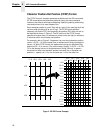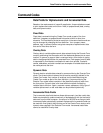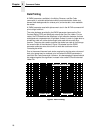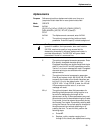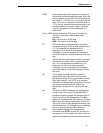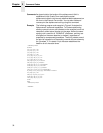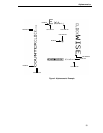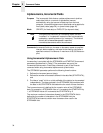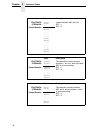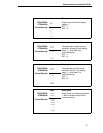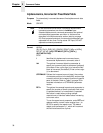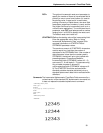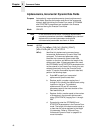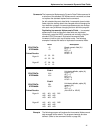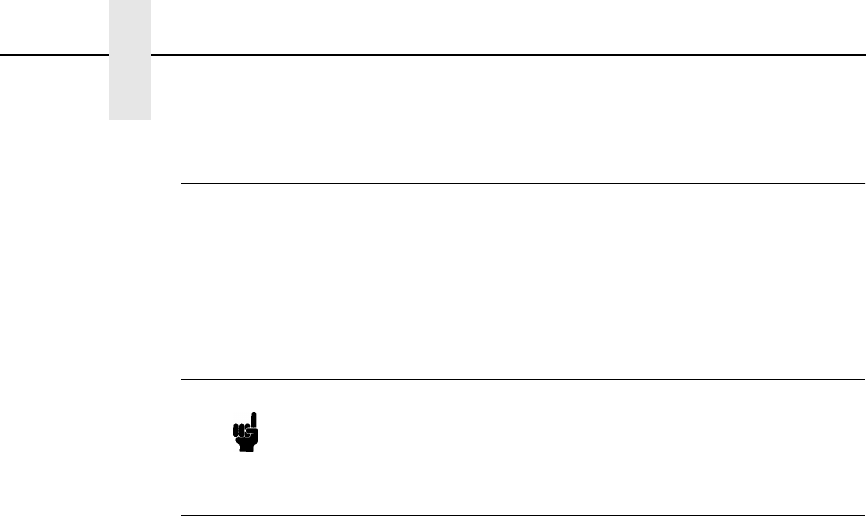
34
Chapter 2 Command Codes
Alphanumerics, Incremental Fields
Purpose The incremental fields feature updates alphanumeric (and bar
code) data fields in a numeric or alphabetical manner
automatically using just one set of data sent from the host
computer. Incremental alphanumeric data fields can be applied to
fixed (static) data (page 38), or dynamic data (page 40).
Mode CREATE (for fixed data) or EXECUTE (for dynamic data)
Comments Incremental fields can increase or decrease, repeat at specified
intervals before updating, and reset to the starting value after a
specified number of increments. A maximum of 65,535 fields can
print.
Using Incremental Alphanumeric Data
Incrementing is controlled with the STEPMASK and STARTDATA command
parameters as described in Table 5. The parameters are part of the
Incremental Alphanumeric Fixed Data command or part of the Execute
command when using incremental alphanumeric dynamic data.
The STEPMASK parameter performs the following three functions:
1. Defines the increment amount (step);
2. Defines the number of characters allowed in the data field (STARTDATA);
and
3. Provides a “mask” to link or unlink subfields of the data to be incremented
independently. The data provided in the STEPMASK field combined with
the data in the STARTDATA field determine the result of these functions.
The increment amount is defined by the numeric value of the STEPMASK
data. For example, a STEPMASK value of 1 increments the STARTDATA by
1; a STEPMASK value of 2 increments the STARTDATA by 2.
The maximum number of characters allowed in the STARTDATA field is
defined by the number of characters in the STEPMASK field; the
STARTDATA field cannot contain more characters than used in the
STEPMASK field.
Note Throughout the discussion of incremental fields, the term
“increment” or “incremental” means the field is automatically
updated by a specified amount (or increment). The field can
actually be increased/decreased in specified
increments/decrements within the command.



